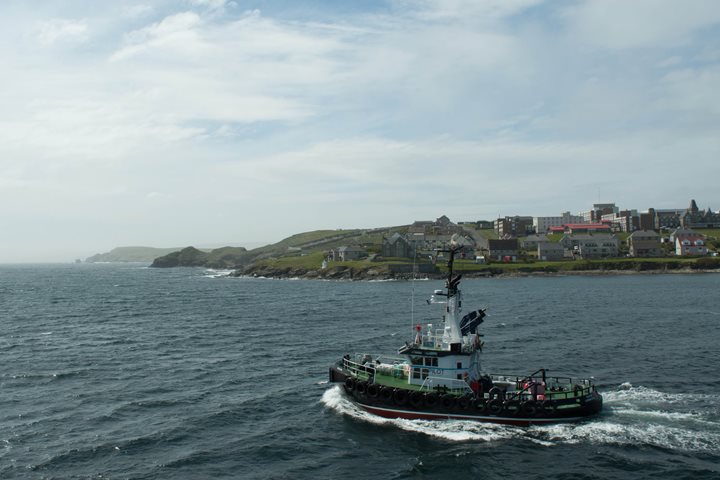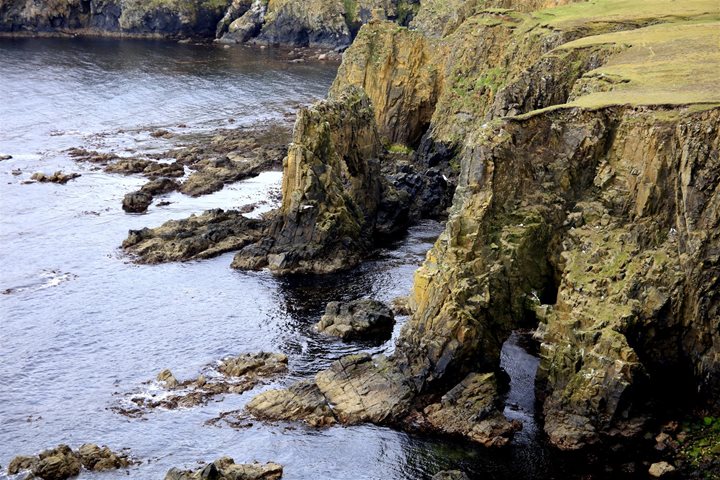There are places in the world holding a level of elusiveness that is hard to convey or comprehend beyond being there, sensing it and perceiving the remote and wild nature of the place. St Kilda is one of those places: located on the very outskirts of the Scottish seaboard, or perhaps more aptly described as being in the midst of the North Atlantic, this rugged outpost is no longer home to the community of people who up until the 1930s lived here with sturdier resolutions and even sturdier work ethics until diseases introduced by mainlanders forced them to evacuate this remarkable island.
Now home to an array of seabirds and rather disheveled but content looking Soay sheep, St Kilda is a wildlife haven. The village of yesteryear is persevered in a poignant and fitting way so that you can now wander through this remote isle and appreciate to a certain extent just how isolated they were. Amongst the relics of years gone by are nesting fulmars and arctic skuas can be seen soaring elegantly overhead.
The seabirds are a huge draw and in terms of its sea life, St Kilda is known for harboring some of the most fascinating and stunning underwater life on the planet. Indeed the “Sawcut” dive site, located on the edge of the island of Dun within the somewhat sheltered confines of Village Bay, lived up to the St Kilda reputation.
Rolling in for a dive below a dreary sky and a sodden sheer cliff face can look daunting, especially with a swell causing a few waves to break along the lower cliff face. And yet, as soon as you descend to ten meters the world above becomes but a distant memory as a still clarity takes over.
The Sawcut is essentially a continuation of a narrow vertical canyon that runs down the island of Dun and can be easily distinguished from the surface. Underwater the canyon is narrow until at about 25 meters it opens out. It was an amphitheater of soft bodied marine life down there with soft corals, jewel anemones, and starfish smattering the walls–in places the anemones covered the entire rock face in a bright white veil. Slightly deeper at 28 meters the rock face no longer dropped straight down but curved in on itself creating an ethereal cavern. As we entered the cavern our air bubbles streamed above our heads along the horizontal rock face and below us an octopus was spotted lurking amongst the boulders on the seabed. Having been unaware that this overhanging cavern existed it was a captivating find. The only reason we had to leave and begin ascending was because our time at depth was running out.
Ascending past more walls of anemones and soft corals we were soon shallow enough to be amongst the kelp beds again. Swaying with the kelp in the surge we slowly made our way to the surface where we were met once again by the sheer cliffs and gray skies. St Kilda will always remain elusive, it would take decades to get a real feel for this place, but today–whether you were on the dive team or walking across the rough green shore amongst the Soay sheep–we all managed to sense and perceive a little piece of the remote and wild nature of St Kilda.







